- Home
- Various Articles (IP&SEN SIG) Inclusive Practices and Special Educational Needs SIG (IP&SEN SIG)
- Introducing Inclusive Practices and Special Educational Needs to Pre-service Teachers
Introducing Inclusive Practices and Special Educational Needs to Pre-service Teachers
Hanna Kryszewska is a teacher, teacher trainer, trainer of trainers. She is a senior lecturer at the University of Gdańsk, Poland. She is co-author of resource books: Learner Based Teaching, OUP, Towards Teaching, Heinemann, The Standby Book, CUP, Language Activities for Teenagers, CUP, The Company Words Keep, DELTA Publishing, and a course book series for secondary schools: ForMat, Macmillan. She is also co-author of a video-based teacher training course: Observing English Lessons, and online course for Orient Black Swan on 21st Century Skills and Teaching the whole person: Humanising language teaching. She is a Pilgrims trainer and editor of HLT Magazine. Email: hania.kryszewska@pilgrimsteachertrainig.eu
Background
All the experiences, ideas for activities and reflections described here are part of a course I have designed for pre-service English teachers at English Unlimited Teacher Training College, Gdansk, Poland. The participants had some ELT experience such as involved observing and conducting ELT lessons. However, they were unaware of special educational needs (SEN) or inclusive teaching and practices. The course project aimed to fill this gap and as a final result 87 case studies were prepared by the pre-service teachers. However, before the pre-service teachers went off to selected schools, they were prepared for the field trip and the resulting findings.
Note
This text is a compilation and consists of my various publications and presentations on IP&SEN issues e.g., Meeting children with special educational needs in the language class: Case studies (SEN SIG Newsletter).
Step 1 The media
The first step involved looking at SEN and inclusion from a professional perspective. The students shared their own first-hand experiences with SEN and Inclusion.
Then we looked at the presence and portrayal of SEN, disability, and exclusion in the media: e.g., articles describing cases of children of the rich and mighty who, when in trouble with the law, pleaded SEN, how historically dyslexia was the reason for lobotomy or currently how immigrants, refugees and ethnic minorities are treated at school and targets of microaggressions leading to exclusion.

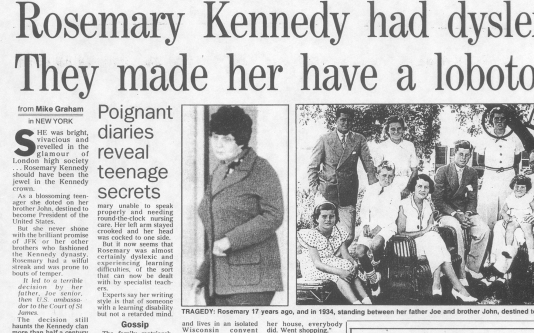
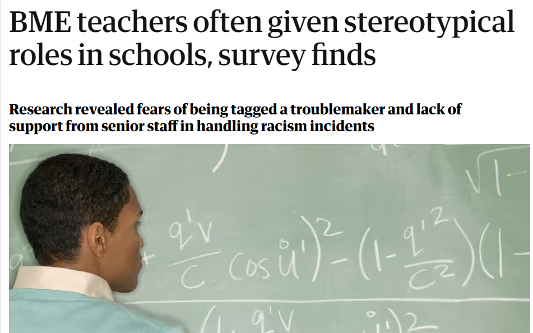
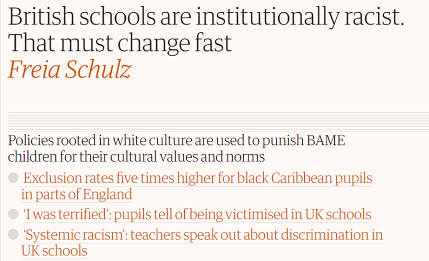
We also used local examples from national media, for example:
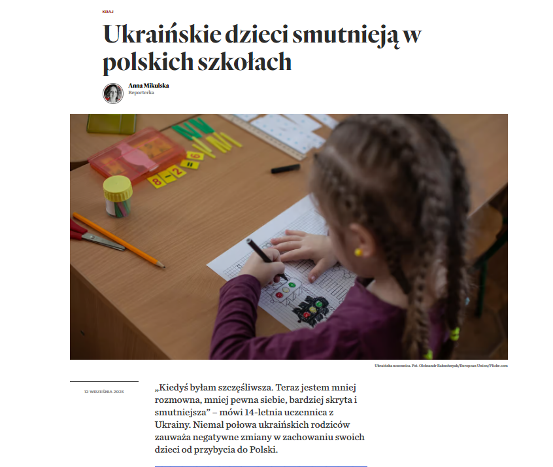
In translation: Ukrainian children are getting sadder in Polish schools
“I used to be happier. Now I am less talkative, less self-confident, more secretive and sadder," says a 14-year-old student from Ukraine. Almost half of Ukrainian parents notice negative changes in their children's behavior since arriving in Poland.
or

In translation: Students with ADHD without support. For the students to get help, doctors diagnose them with autism.
NB. I feel it is vital pre-service teachers become familiar with IP&SEN issues not only on a global or international scale, but also on national or even local level in order to be able to address the needs and take advantage of the help and support that is available.
Project 1
Students researched the presentation of IP&SEN issues in national and international media. They shared the results of their research, their findings and discussed their reflections.
Step 2
We looked at various feature films, or rather fragments of feature films and selected scenes, which illustrated various IP&SEN issues.
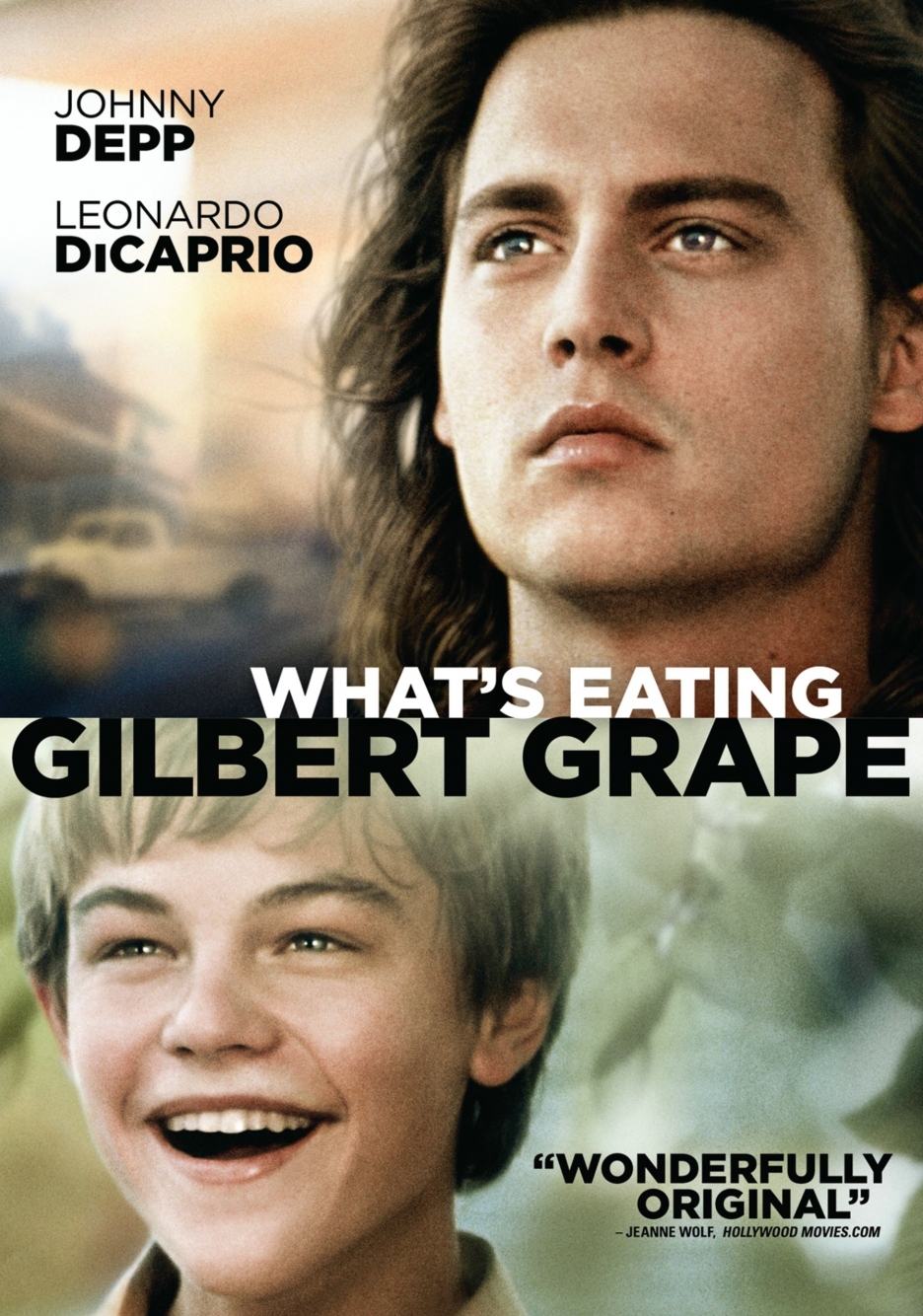
“What’s Eating Gilbert Grape’ is an example of life with a mentally retarded sibling, attitudes towards extreme obesity.
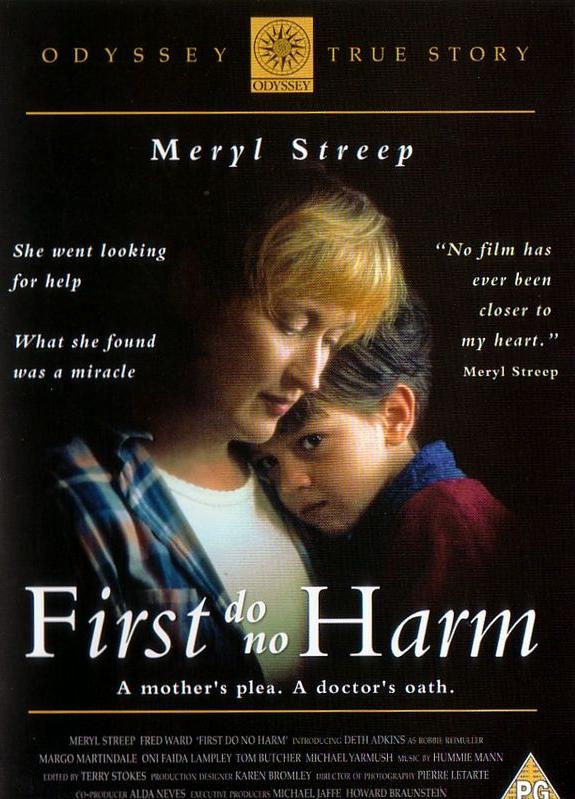
‘First Do Not Harm’ illustrates family tensions resulting from a debilitating condition of the youngest son, progressing epilepsy and his bad reaction to treatment.

“Matilda” is an example of specially gifted child who has also special educational and intellectual needs.
“My Life in Pink” looks at the story of Ludovic, born a boy, who is a transgender girl, and shows how she herself, her family and community struggle to accept her gender identity.

“Hedi” and ‘The Secret Garden’ are examples of politically incorrect approach to disability and special needs as they promote miracle cures and mistrust towards adults and doctors.
Project 2
We looked the list of disability in films according to BFI (British Film Institute)
- Pitiable and pathetic
- Sweet and innocent
- A miracle cure
- Victim or object of violence
- Sinister or evil
- Exotica, freak shows
- Horror movies and science fiction
- Super-crip; triumph over tragedy, noble warrior
- Laughable
- The butt of jokes
- A burden /outcast
- Incapable of fully participating in everyday life
The students had to make their own research in groups, prepare examples of 2 films and give presentations of the main theme illustrated with a few short clips.
Step 3 Fiction and reality
The next area was fact versus fiction.
Project 3
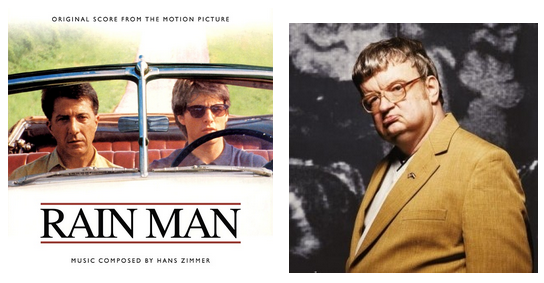
In two groups pre-service teachers compared feature films and documentaries on the same subject. For example, Group 1 looked at autism and they compared “Rain Man” with the documentary about Kim Peek, the real Rain Man. For Group 2 the topic was hearing impairment, and the two sources were:
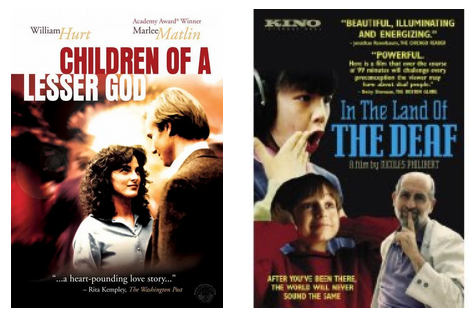
Then students fed across their findings, observations and reflections in pairs (one representative from Group 1 and one representative from Group 2).
Finally, we all discussed their observations and conclusions.
Step 4 Different faces of IP&SEN
When we say SEN, people usually think dyslexia or ADHD. The next step was to look at the wide range. The inspiration came from these two publication
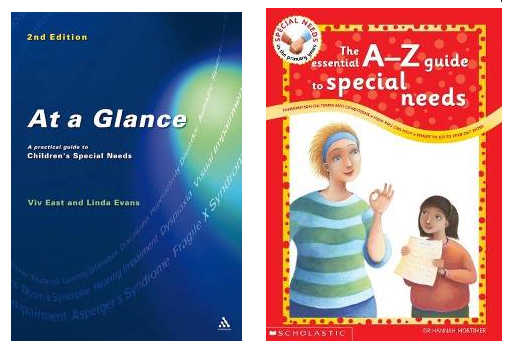
These books or rather booklets broadened the scope by adding among other areas like school phobia, allergy, asthma, diabetes, bereavement, cancer, epilepsy, autism, pathological demand avoidance syndrome, language impairment, left-handed writers and many many more.
We grouped them into various categories such as inborn, acquired, developed, accidents, progressive, temporary, curable, incurable, terminal, mental, intellectual, physical, social e.g., dysfunctional families, hormonal etc. This helped the pre-service teachers understand the complexity of IP&SEN, which goes far beyond stereotypes of ADHD, dyslexia or bullying.
Project 4
Students prepared short presentations on an IP&SEN area of their choice.
Step 5
We also looked at subjective perceptions of IP&SEN by reading poems like:
Gust becos I cud not spel
Gust becos I cud not spel
It did not mean I was daft
When the boys in school red my riting
Some of them laffed
But now I am the dictater
They have to rite like me
Utherwise they cannot pas
Ther GCSE
Some of the girls were ok
But those who laffed a lot
Have al bean rownded up
And hav recintly bean shot
The teecher who corrected my speling
As not been shot at al
But four the last fifteen howers
As bean standing up against a wal
He has to stand ther until he can spel
Figgymisgrugifooniyn the rite way
I think he will stand ther for ever
I just inventid it today
Brian Patten
First Day at School
A millionbillionwillion miles from home
Waiting for the bell to go. (To go where?)
Why are they all so big, other children?
So noisy? So much at home they
Must have been born in uniform
Lived all their lives in playgrounds
Spent the years inventing games
That don't let me in. Games
That are rough, that swallow you up.
And the railings.
All around, the railings.
Are they to keep out wolves and monsters?
Things that carry off and eat children?
Things you don't take sweets from?
Perhaps they're to stop us getting out
Running away from the lessins. Lessin.
What does a lessin look like?
Sounds small and slimy.
They keep them in the glassrooms.
Whole rooms made out of glass. Imagine.
I wish I could remember my name
Mummy said it would come in useful.
Like wellies. When there's puddles.
Yellowwellies. I wish she was here.
I think my name is sewn on somewhere
Perhaps the teacher will read it for me.
Tea-cher. The one who makes the tea.
Roger McGough
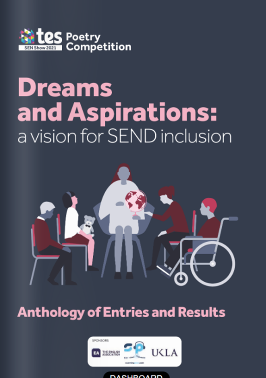
at https://flickread.com/edition/html/free/615d44cecec08#1
or texts at https://www.dennydavis.net/poemfiles/bbychld/special.htm
More insights came from studying selected any of the 60 disabled and special needs child parenting blogs and websites at: https://family.feedspot.com/disabled_child_parenting_blogs/
Step 6
Step 6, the final stage involved a field trip and observation of an individual SEN learner in an inclusive class. Students had to research the school’s profile, select a SEN learner, research their class profile, obtain information about the learner, if possible, from the head teacher, class teacher, language teacher, other teacher, school pedagogue and parents of the learner. Usually, the students managed to obtain all the information, although sometimes they were told it was confidential. Then the students observed the learner during English lessons and lessons of other subjects. Finally, they wrote up their observations, findings, reflections and conclusions.
In total the students compiled 87 case studies presenting learners with autism (3), muscular dystrophy (3), cerebral palsy (12), ADHD (32), dyslexia (2), hearing impairment (7), visual impairment (6), behavioural problems (4), Down’s Syndrome (3), developmental delay (16) and dyspraxia (1).
During the observations they focused mainly on the learning environment: people (peers, the subject teacher, the role of the supporting teacher, parents of the learner and other learners), and the space (the classroom and facilities, the seating plan, the out-of-the classroom space, the stairs and presence or absence of lifts, especially if the learner was a wheelchair user or had a physical disability, the toilets and the canteen).
When grouped according to a particular SEN, the students’ first hand observations are very interesting, for example students observing autistic learners noticed the following: ‘some of the best kids in the school’, ‘need no or little help or assistance’, ‘like to observe’, ‘don’t engage’, ‘have no rapport with class mates’, ‘may be hyperactive, sometimes withdrawn’, ‘have problems controlling emotions’, ‘teacher mustn’t shout’, ‘when learning English learners comprehend’, ‘ write down English words the Polish way’.
When it comes to conducting and planning lessons for inclusive teaching the students focused on evidence of learning and even collected sample work to illustrate their case studies. They also noticed the importance of using games, visual material and multi-sensory input, the role of special tasks and multilevel tasks. They remarked on the role of seating, the teacher’s voice, attitude and spread of attention, and the role of the supporting teacher.
Conclusions
The pre-service teachers concluded that inclusive teaching benefits the whole class as well as the SEN learner. They also observed that school authorities need to think about how many and what kind of SEN there are in a class, specialised teacher education, work on the teacher’s attitude, careful lesson planning and materials preparation. Overall, the project was evaluated as beneficial, interesting, and educational. Some selected voices will be the best illustration (the original grammar and spelling have been retained):
1. The project was eye-opening (…). If it had not been for it I might have never had a chance to observe, analyse and work with SEN children and perhaps get rid of all the stereotypes or maybe even prejudices I once might have had.
2. SEN children do not need very special care or attention but should be treated in a natural and normal way as other children. This helps them to adapt to class, they do not like to feel like special ones.
3. The SEN project is one of the parts of TP that every language school (…) should carry out.
4. I observed many teaching techniques of which I had not been aware before.
5. Personally, I don’t think I would volunteer to teach such children, as the responsibility is enormous, and I lack the patience
6. I expected everything to be more chaotic and disorganised. What I saw was totally different: well prepared, ingenious teachers, eager students and perfect learning conditions.
The value of the smaller projects and the case studies lies in the fact that they are a multifaceted eye opener. The programme offers a different focus of observation which goes beyond ELT, involves looking at teaching other subjects not just English in a SEN context, shows situations in local schools and the educational system in a broader perspective, promotes discussion and reflection. I believe that for these reasons such projects should be a regular component of pre-service teacher training courses or programmes.
NB Five complete case studies have been published in Humanising Language Teaching website magazine (www.hltmag.co.uk / archive http://old.hltmag.co.uk/prev.html) in the student voices section.)
Bibliography
East, V. and L. Evans. (2002) At a Glance: A Practical Guide to Children's Special Needs. Questions Publishing
Mortimer, H. (2004) The Essential A to Z Guide to Special Needs (Special Needs in the Primary Years). Scholastic
Please check the Pilgrims f2f courses at Pilgrims website.
Please check the Pilgrims online courses at Pilgrims website.
Bilingual Education and Mathematics in Early Years and Inclusion
Athena Dermentzi, GreecePicture Books About Emotions in Kindergarten Language Classrooms
Agnieszka Dzieciol-Pedich, PolandChain Experiment in Pre-school
Dorota Kaniak-Szymkiewicz, PolandInterviewing Edoardo on LGBTQ Themes in Schools
conducted by Giovanni Licata, ItalyVolunteering with Ukrainian Refugees
Sinem Daridere, TurkiyeStories from the Hands Up Project
Jamie Keddie, SpainTowards Inclusive Learning Environments in Higher Education: A Glance into Perspectives from Education and Language Studies
Yasemin Yelbay Yilmaz, Turkiye‘Savouring’ Learning at Later Ages
Aysen Cem-Deger, TurkiyeTeaching Languages to Students with Specific Learning Differences 2nd edition by Judit Kormos and Anne Margaret Smith
reviewed by Rachael Harris, UK/FranceIntroducing Inclusive Practices and Special Educational Needs to Pre-service Teachers
Hanna Kryszewska, Poland